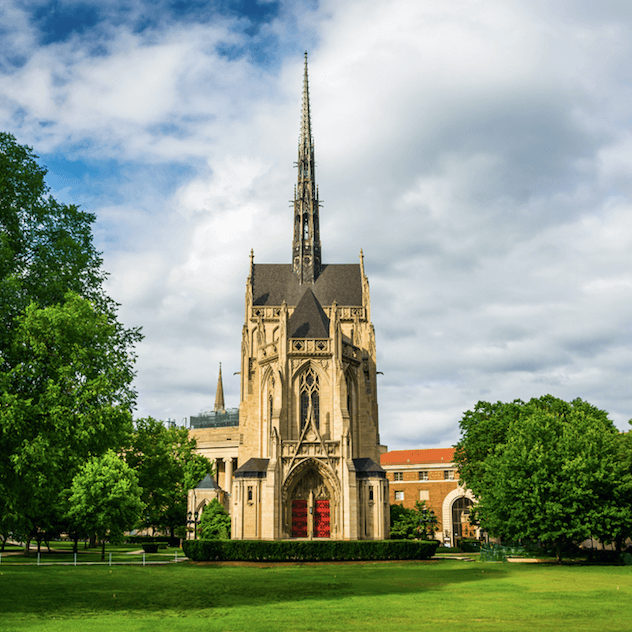This article comes from the Campus Contributor Network. Over the course of the semester, students from across our campus outreach program will analyze their school’s finances and assess the overall return students see on their educational investments.
As the University of Pittsburgh’s budget keeps rising, so does our tuition. The math here doesn’t seem to add up. Why has the increase of one not decreased the other? Let’s look into the 2016 Pitt tuition to find out.
Budget and tuition move together
Although the University received a 3 percent increase in budget from the state, our tuition continues to rise. While the tuition increase is the smallest in 41 years, tuition for both in-state and out-of-state students rose from the previous years. Student’s enrolled at the Oakland campus face a 2.3 percent increase for in-state students and out-of-state students are looking at a 2.75 percent increase in tuition.
Pennsylvania’s State System of Higher Education board sets a base rate of tuition increase for its 14 state universities each year; this year, it was determined to be 2.5 percent.
However, the University of Pittsburgh isn’t a state school, but a state-related school which is legally defined as a “separate and private” entity. According the University’s website this means that “Pitt receives an annual, non-preferred financial appropriation from the state and offers discounted tuition to students who are Pennsylvania residents.”
Put simply, since the University of Pittsburgh is not a “state school” it does not have to follow the base rate of tuition increase that Pennsylvania sets. Therefore, it could really increase or decrease tuition by however much its Board of Trustees decide.
The tuition hike in context
So, it should be somewhat comforting to know that, at least for this year, Pitt has decided to increase tuition for in-state students at a lower rate than what the state itself set.
However, it wasn’t always this positive nor beneficial for in-state students. A decade ago, back in 2006, tuition for in-state students increased by a whopping 5.9 percent. Tuition was set to increase by about 3 percent for out-of-state students. Flash-forward five years ahead to 2011, and the same trend appeared: tuition increased by about 8.5 percent for in-state students and 4.0 percent for out-of-state students.
Just a few years ago, the 2014-2015 tuition increases were set a little lower than previous years at 3.9 and 2 percent for in-state and out-of-state students, respectively. However, that same year, the U.S. Department of the Education ranked the University of Pittsburgh as the nation’s priciest public university for the second year in a row. The university laid “much of the blame on the recurring losses in state support,” according to an article from the Morning Call.
The school’s view
So, it seems, from the University’s point of view, that the more funding they receive from the state, the lower the tuition they can set. Yet, while the increases themselves have decreased, tuition increases keep happening even as the University, at least for this year, receives more and more from the state. It just doesn’t seem to add up.
What is Pitt’s explanation? According to Chancellor Gallagher, Pitt’s goal “in formulating a budget is to approach tuition as a component of a value-driven equation that puts the interests of students and alumni foremost…serving those interests requires us to carefully monitor and control costs, while increasing quality.”
“Quality”, in this case, seems to mean “instruction.” After reaching out to the University’s Budget office I was told that the University does not specifically track how tuition matches the expense categories mentioned in my previous article.
I was then reminded that a core of the University’s mission is to instruct students and that the “Instruction” line item on its financial statements could tell me how much was spent for the instruction of students each year.
Possible solutions
Does this mean that the tuition hikes can be blamed by our professors? Possibly. However, the “Instruction” expense remains the same percentage of the total functional expenses in both 2015 and 2016 at 28.3%. Instead maybe the number itself is too high?
To decrease tuition, could the University decrease professor’s pay? This may seem like a solution to us students, but obviously isn’t just an easy fix.
Meanwhile, tuition discounting has increasingly been utilized at other schools around the country and could be an option for Pitt.
While the University seems to rely heavily on state funding, it begs the questions of what they can do to decrease tuition for students. Or, at least, to stop increasing it.
Have something to add to this story? Comment below or join the discussion on Facebook.
Header image: Getty









































